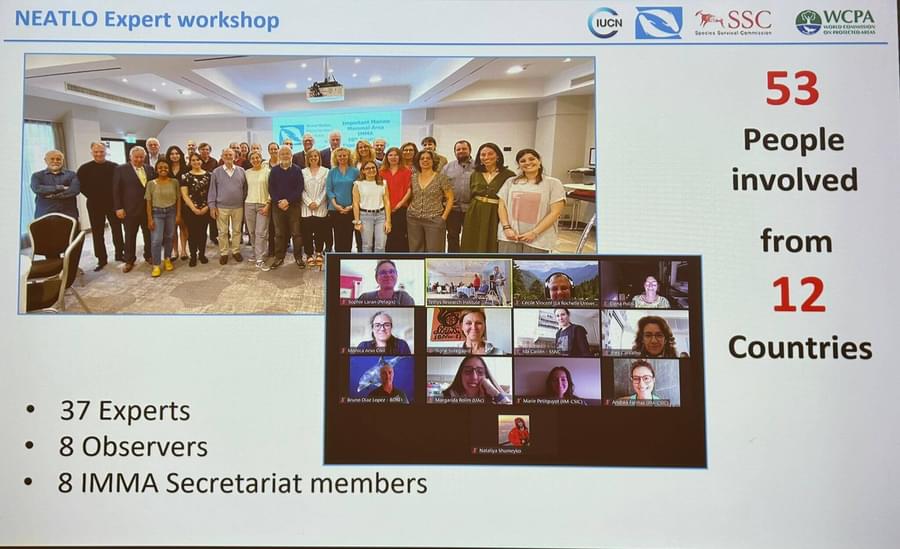The IUCN Marine Mammal Protected Areas Task Force has just approved 33 new Important Marine Mammal Areas (IMMAs) in the Baltic and North Eastern Atlantic. This has followed a year-long assessment process analysing data from a number of conservation organisations including ORCA.
ORCA’s evidence collection, in the form of ongoing sightings recorded by Marine Mammal Surveyors from ferries traversing the Bay of Biscay, North Sea, English Channel, Hebrides and Celtic Seas, provided compelling data to inform the IMMA designation.
To date, an incredible 74.3% of the world’s oceans have been surveyed for IMMA status, with 13% (or 280) receiving an IMMA designation and a further 185 recorded as Areas of Interest (AoI). While that might not sound a lot, many of these are key habitat hot-spots located in areas of intensive fishing or marine traffic.
But what do these designations mean in effect? Erich Hoyt, co-chair of the IMMA task-force explained that IMMAs provide a check to establish if marine habitats are included under existing national or international measures, and that the survey process is still discovering substantial new areas that require protection. If an authoritative IMMA designation, backed up with expert scientific data and evidence, isn’t matched with national marine protection measures, then conservationists have a hugely valuable point of leverage to exert.
The North East Atlantic Ocean and Baltic Sea (NEATLO) region covers nearly a quarter of the Atlantic Ocean. Species-rich, the region offers essential habitat for feeding and migrating humpback whales (Megaptera novaeangliae), blue whales (Balaenoptera musculus) and fin whales (B. physalus). There is deep water habitat for Cuvier’s (Ziphius cavirostris) and other cryptic beaked whale (Mesoplodon) species in the Canary Islands, Azores and Bay of Biscay, and other offshore waters in the region. Besides the prevalent common minke whales (B.acutorostrata), harbour porpoises (Phocoena phocoena), common dolphins (Delphinus delphis), Risso’s dolphins (Grampus griseus), common bottlenose dolphins (Tursiops truncatus), and harbour seals; there are species endemic to the region such as the critically endangered and decreasing Baltic Sea harbour porpoises and the endangered Saimaa ringed seals (Pusa hispida saimensis) and Ladoga ringed seals (Pusa hispida ladogensis).
There are several populations of killer whales (Orcinus orca) including the critically endangered Strait of Gibraltar subpopulation with only 39 individuals subsisting on bluefin tuna and lately disabling or breaking the rudders off smaller boats traversing the region.
The IUCN Marine Mammal Protected Areas Task-Force now turns its focus to the North-West Atlantic and Caribbean with North Atlantic right whales and their habitat hotspots set to be high on their agenda.
Task Force co-chair Giuseppe Notarbartolo di Sciara said “As we get closer to completing the global picture, IMMAs are securing a place for whales and other marine mammals at the negotiating table for conservation measures.”
You can read more about IMMAs, and review all of the newly designated areas here: https://www.marinemammalhabitat.org/

.jpg?w=600&h=400&q=85&auto=format&fit=crop&crop=focalpoint&fp-x=0.7811&fp-y=0.5504&dm=1683137378&s=178f82751254f31a2289ca94c2116957)
The only way we can protect whales and dolphins is by understanding their distribution, and so monitoring is vital for effective conservation. Donate today to help ORCA continue to identify and study important whale hotspots around the world by visiting www.orca.org.uk/donate

